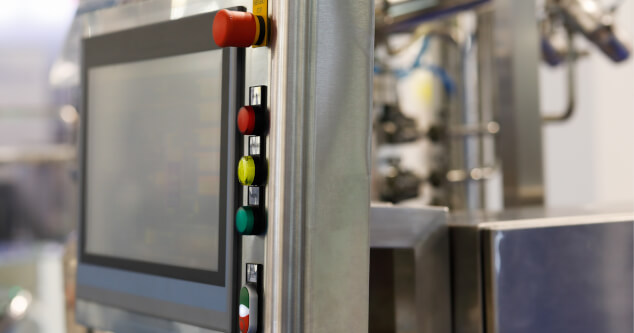Developing digital capability: how any factory can be smart
Udgivet kl. 16. september 2021 i Industry 4.0
The buzz around Industry 4.0 continues to rise, as the Industrial Internet of Things (IIoT) hits headlines with news of massive profits to be had for manufacturers. Tech sites lavish praise on the latest connected and synchronised devices running 24/7 in smart factories across the world. For the uninitiated though, even the term ‘smart factory’ can bring confusion. Does it have to be a brand-new, state-of-the-art, fully automated clean-room complex of pristine steel and glass? Or is there a way for more modest, even “ordinary” factories to benefit, to upscale or even accessorize and become smart?
Thankfully, the headline-grabbing ‘Industry 4.0’ isn’t reserved exclusively for the high-tech giants that span the globe, nor is the term ‘smart factory’ applied only to brand-new installations. In truth, any traditional factory can in principle take steps on the smart factory journey, by applying modularity to the existing installation.
Smart for smart’s sake?
It’s important to grasp that smart factories aren’t simply a trend, they are the most recent step in an inevitable shift in production. As such, the risk of being an early adopter doesn’t generally apply, so the question ‘when is the right time to go smart’ is likely best answered ‘as soon as you’re ready to take the first step.’ But it’s also important to know that not all tasks, processes, services and procedures can immediately benefit from the smart approach—digitalisation. It all depends on the current setup and what the factory owner needs going forward.A modular approach
Some production lines are on a 24/7 cycle, with even minor adjustment and recalibration causing major losses through downtime. On the other side of the scale, many setups combine equipment from multiple manufacturers, some isolated and others connected, in a patchwork that only makes sense because it just about manages the work at hand. But with efficiency becoming more of a competitive edge, manufacturers need every advantage they can get, which is where digitalization comes into its own. Taking a helicopter view of production then isolating phases into modules, gives owners the chance to look at what their current architecture has to offer—and how it can be improved.
